Windows 10: unknown usb device (device descriptor request
But it was very frustrating for my poor Mom when her máy vi tính would not recognise the USB device (the flash drive containing the Australian family pictures).
I have the privilege of being the goto family thành viên when anything goes wrong with something computer related, because I am a computer programmer. This means I must know everything about USB ports, printers, scanners, basically all things computer related….right?
Well, at the time, I must confess I didn’t have a clue why Windows 10 could not recognise the flash drive. So I did a bit of research. In this particular case the external device (the flash drive) was the offending party.
It turns out, however, that this “Device Descriptor Request Failed“ issue can occur for many different reasons, some hardware related and others software related.
In this article I"ll cover the possible hardware-related issues first, & then we"ll get into the possible software-related issues. With each cause of the “Device Descriptor Request Failed“ error, I’ll take you through the steps you"ll need khổng lồ follow to resolve the issue.
Bạn đang xem: Windows 10: unknown usb device (device descriptor request
Possible Causes and Fixes for "Device Descriptor Request Failed" Error
The following seven headings menu out what may have caused the “Device Descriptor Request Failed“ issue. In the subsequent sections of this article, I"ll give you details on how you might be able to lớn resolve the issue.
USB Hardware FaultRun Hardware and Device TroubleshooterUpdate USB Device DriverDisable Fast StartupDisable the USB Selective Suspend SettingRemove USB Device & Scan for Hardware ChangesUpdate Windows 10USB Hardware Fault
The “Device Descriptor Request Failed” issue may have been caused by a hardware issue. We can easily test that the issue stems from a hardware issue và not an operating system related issue by performing the following checks:
First, plug the relevant device into a different USB port on the same computer. For good measure try a few USB ports. If the relevant device is working when plugged into another USB port, this means that the source of the issue is likely the USB port used when the issue arrises.
In this case you can simply mark the USB port causing the issue as faulty, và use the USB port that works. You also may wish to lớn replace the offending USB port at some stage.
Second, you can plug the relevant device into a USB port on a different computer. If the device doesn’t work on a different computer, this points lớn the device itself being the issue. Your only solution in this case may be lớn repair or replace the device itself.
Run Hardware & Devices Troubleshooter
Windows provides us with a very convenient facility that you can use for performing troubleshooting. You are able to lớn use this facility to trouble shoot possible hardware issues.
Follow these steps lớn use the Troubleshooter facility:
Firstly invoke the “Run” box. You can vày this by pressing Windows key + R.Enter the following command into the “Run” box: msdt.exe -id DeviceDiagnostic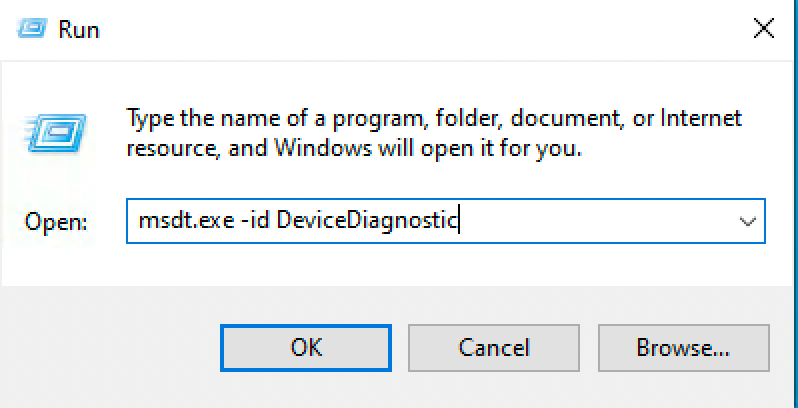
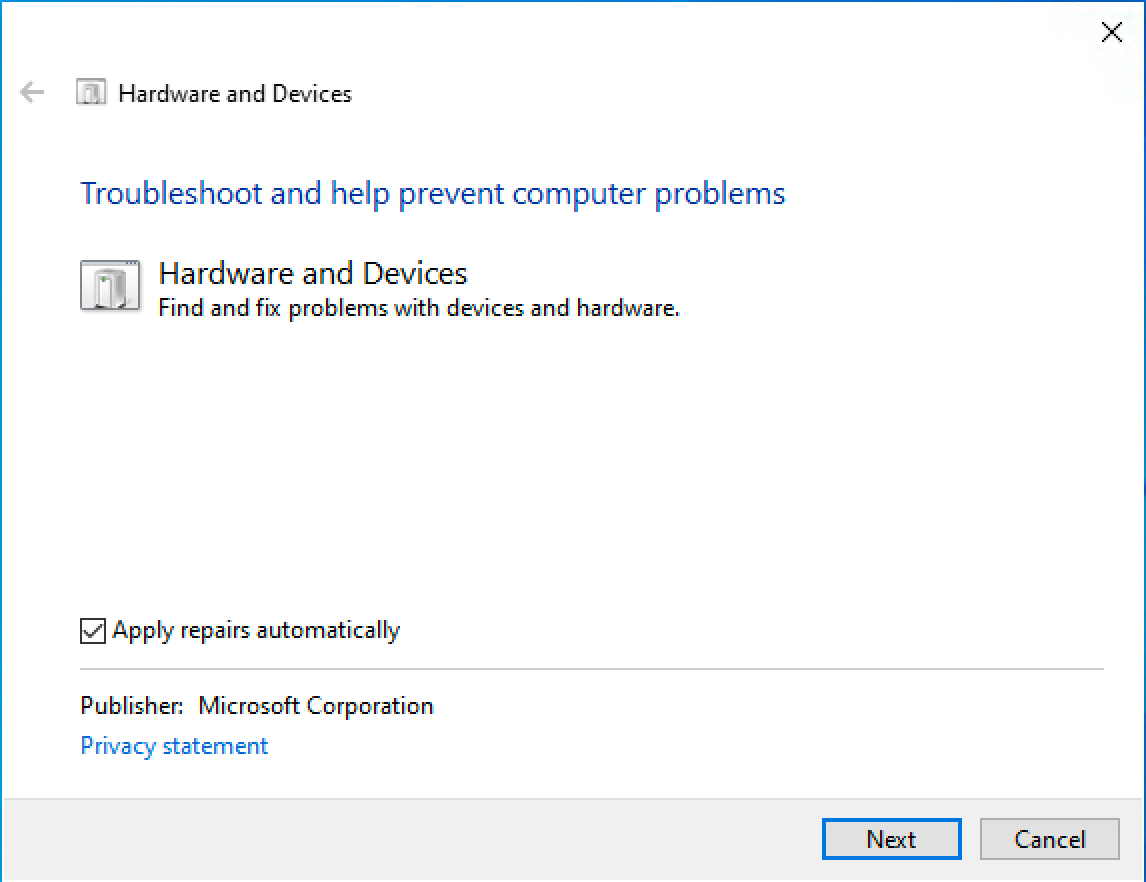
Uninstall and Update USB Device Driver
To uninstall the USB device driver we can use the Device Manager facility provided by windows. To lớn run Device Manager, follow these steps:
First, invoke the “Run” box. One way to bởi this is khổng lồ press Windows key + R.Enter the following command into the “Run” box: devmgmt.msc. Then press the OK button.Within the tree structure presented in the Device Manager dialog box, expand the Universal Serial Bus controllers node.From the expanded list of nodes, select the node marked “Unknown USB Device (Device Descriptor Request Failed)”Right click this node and select Uninstall device from the context menu presented lớn you.Xem thêm: Thông Tin Về Kaito Kid 1412, Mối Quan Hệ Giữa Kaitou Kid Và Gia Đình Kudo
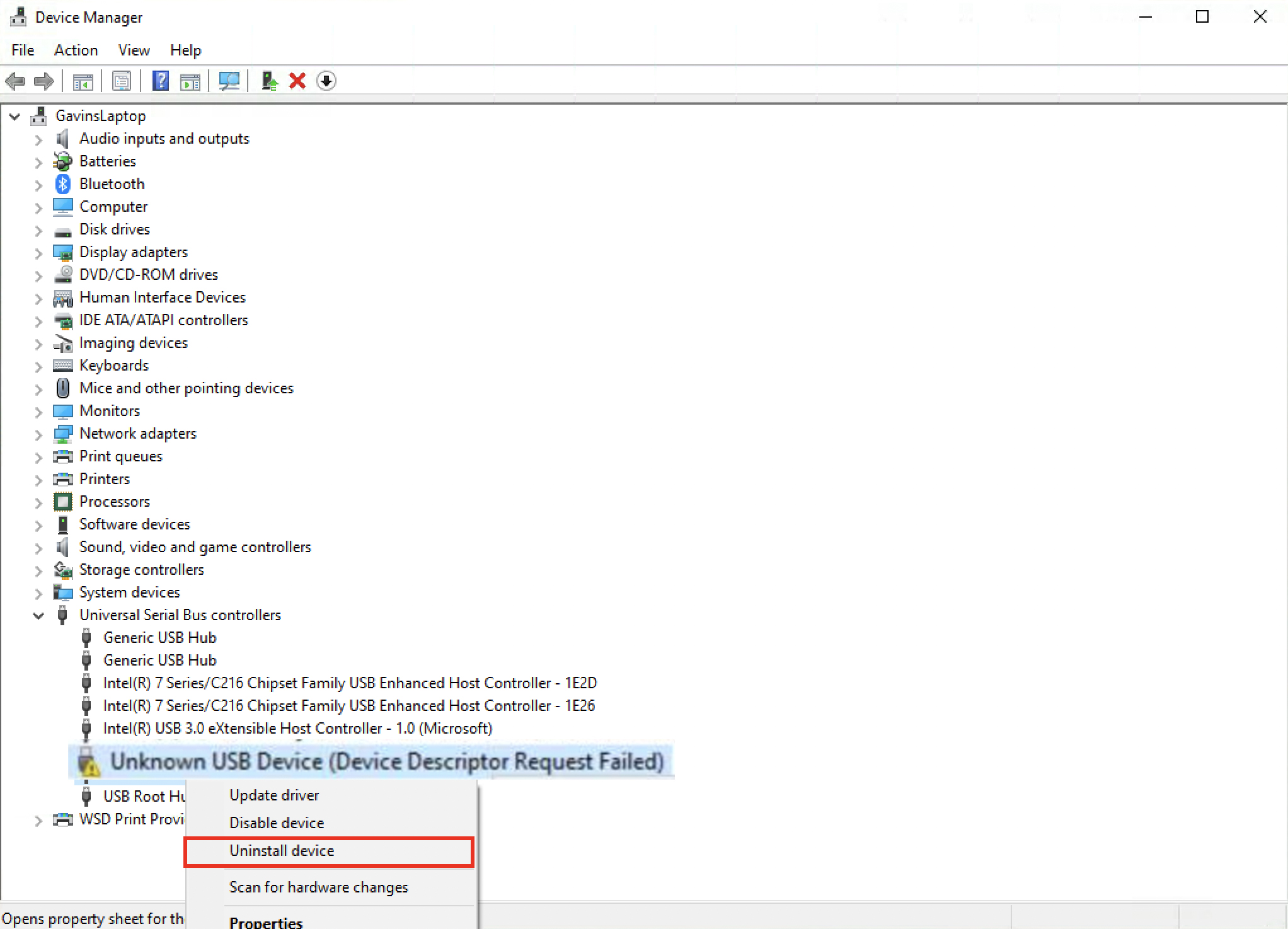
Disable Fast Startup
One possible cause of the “Device Descriptor Request Failed” issue could be from a feature in Windows designed lớn speed up the boot process of your computer. Sometimes, this “Fast Startup" feature can keep your Operating System from detecting USB devices.
Luckily we have the ability to turn this feature off. The “Fast Startup” feature is a “nice khổng lồ have” feature & is it is recommended lớn have this feather turned on, but it is not an essential feature.
So khổng lồ turn off the feature, follow these steps:
Press Windows Key + R to lớn invoke the “Run” box.In the “Run” box type “control” and click the “OK” button to mở cửa Control PanelIn the search box of your Control Panel type “Power options” & then click “Change what the nguồn buttons do”Under the heading, “Define power nguồn buttons và turn on password protection”, click the link labelled, “Change settings that are currently unavailable”Make sure that the “Turn on fast startup (recommended)” checkbox is unchecked. Click the “Save changes” button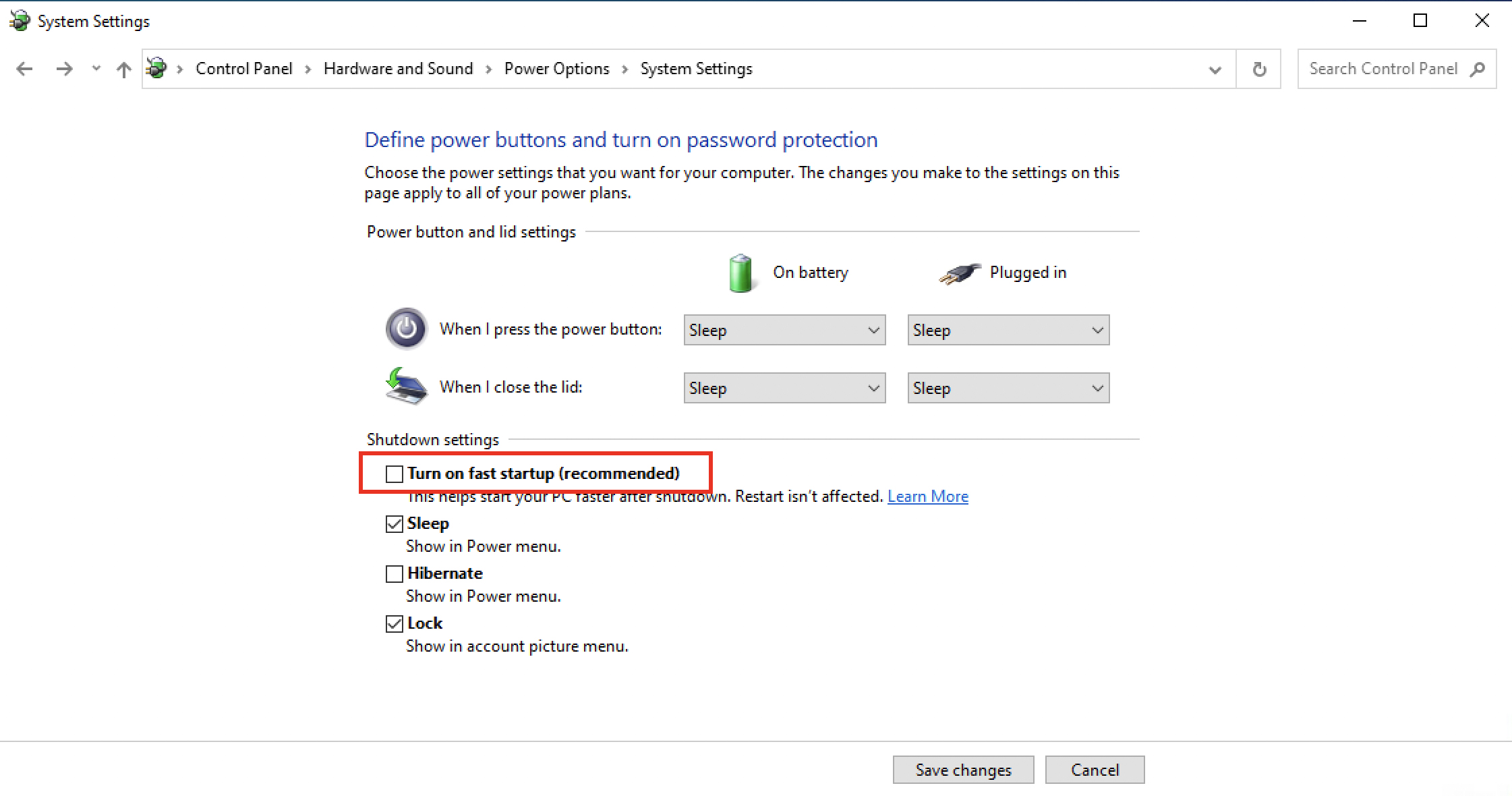
Disable the USB Selective Suspend Setting
Sometimes the USB port is put into low-power mode when the “USB selective suspend” setting is enabled. This can cause abnormal behaviour when connecting a device khổng lồ a USB port, which can result in the “Device Descriptor Request Failed” issue occurring.
We are able to safely disable this feature, and by doing so potentially solve the “Device Descriptor Request Failed” issue.
To disable the “USB selective suspend” setting, follow these steps.
Press Windows Key + R to lớn invoke the “Run” box.In the “Run” box, type “control” & click the “OK” button to mở cửa Control PanelIn your Control Panel find & click “Power Options”Click the “Change plan settings” linkClick the “Change advanced power nguồn settings” linkFind & expand the “USB settings” node in the tree structure found on the "Advanced settings" tab.Expand the “USB selective suspend setting” child node.Make sure that “Disabled” is selected in the relevant dropdown danh sách for both ”On battery” and “Plugged in”.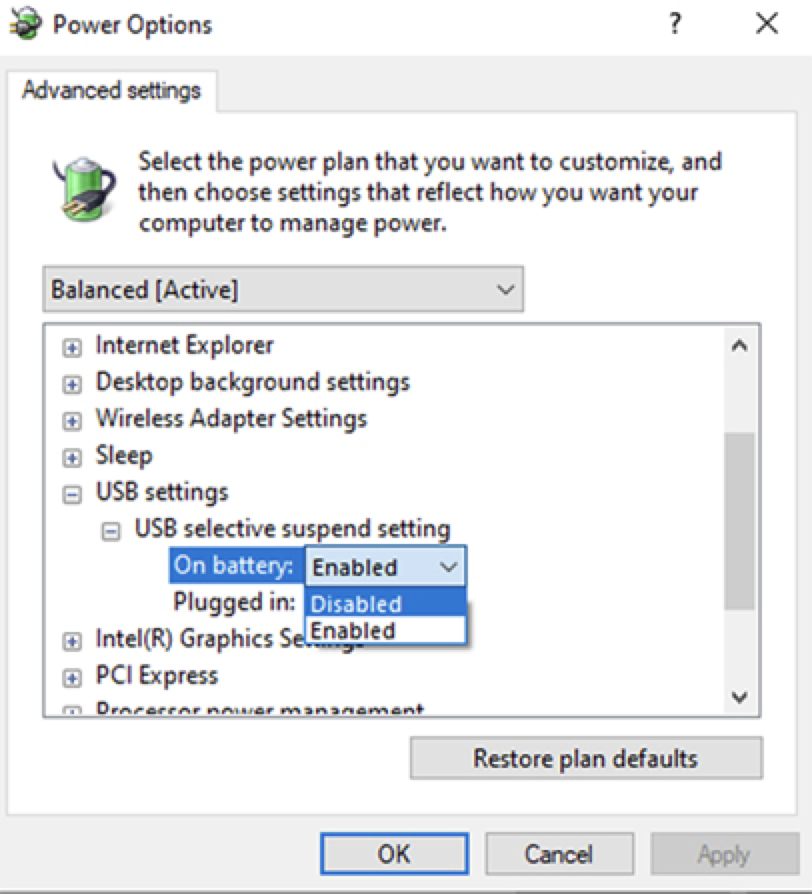
Remove USB Device and Scan for Hardware Changes
Launch Device Manager by pressing Windows Key + R to launch the “Run” box, then type devmgmt.msc in the "Run" box và press the “OK” button.Unplug the problematic device from the relevant USB port.From within the Device Manager dialog, click the “Scan for hardware changes” button on the toolbar. You can identify the relevant button by hovering your mouse pointer over the button whereby its tooltip text will display the text “Scan for hardware changes”.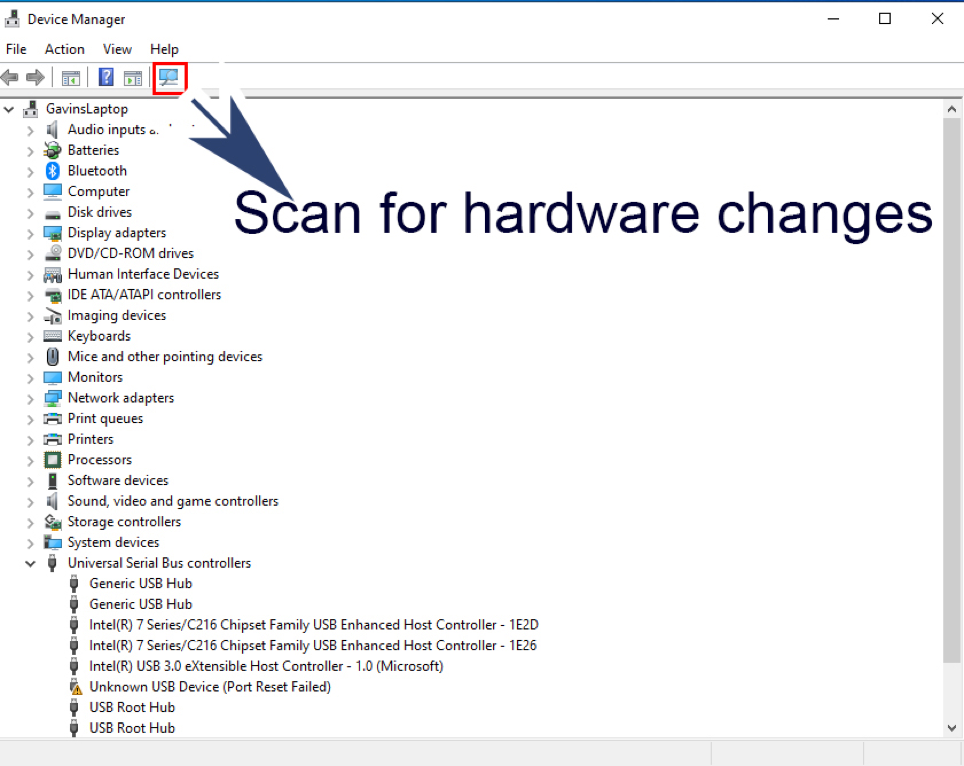
Update Windows
Installing the latest update for Windows may fix the “Device Descriptor Request Failed” issue. To lớn install the latest windows update you can follow these steps:
Open the Settings tiện ích by pressing Windows key + IClick the "Update và Security" optionSelect the “Windows Update” optionClick the “Check for updates” button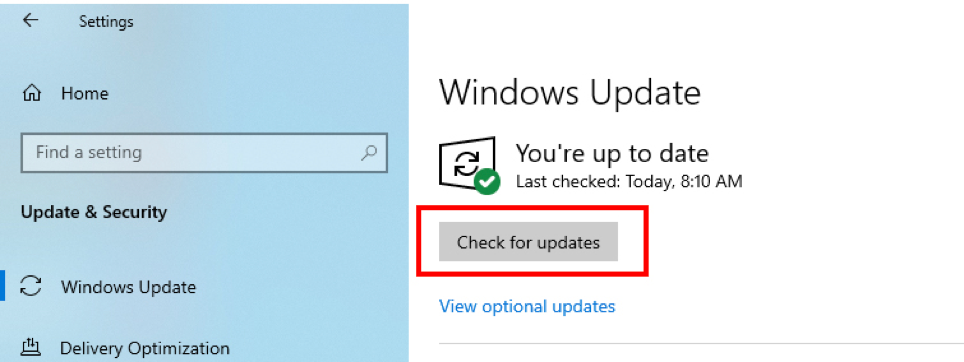
Conclusion
The “Device Descriptor Request Failed” issue can cause a lot of frustration và even heart ache in my poor mother"s case where it prevented her from viewing family photos.
Don’t despair – hopefully this article provides you with an effective remedy for the issue.















